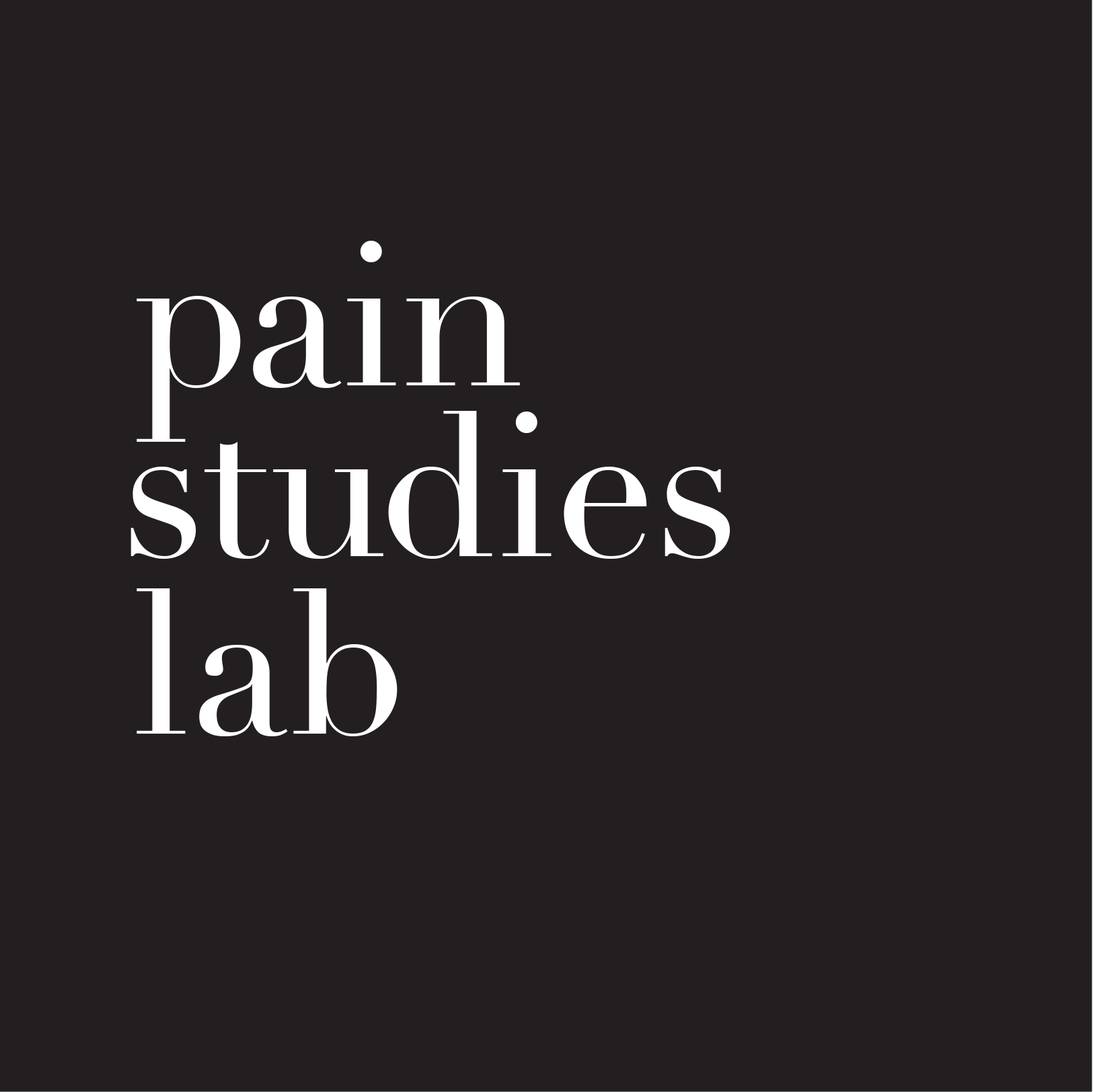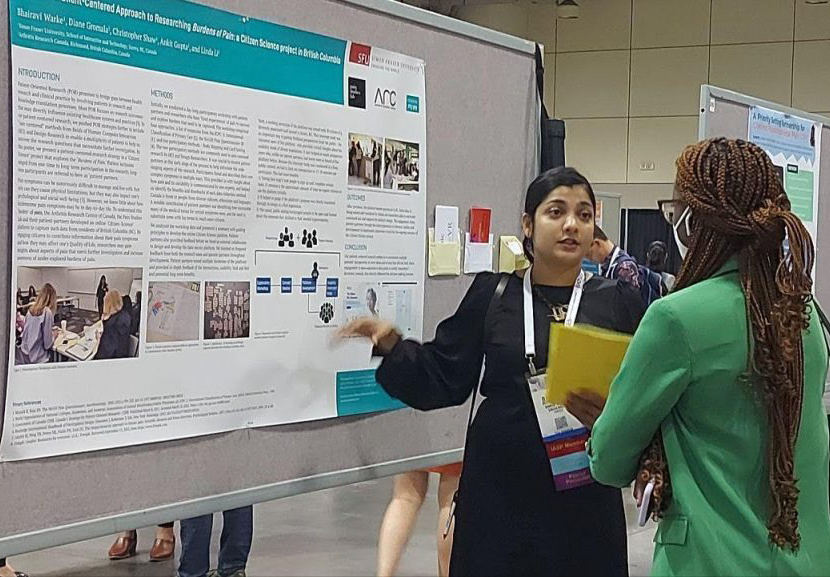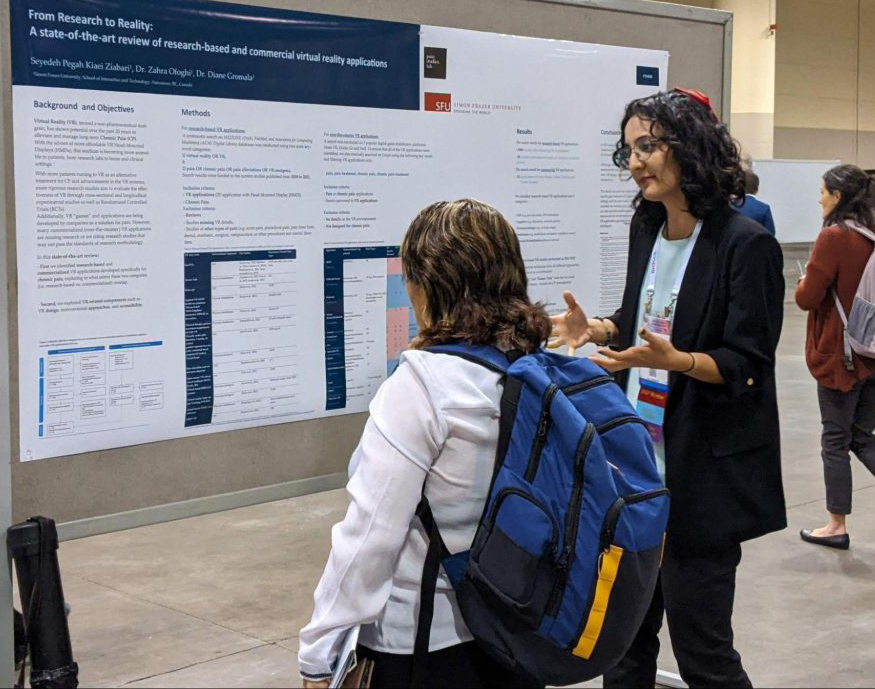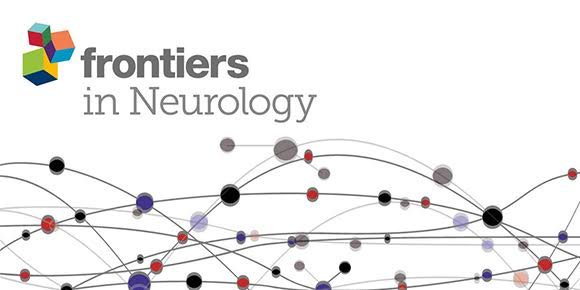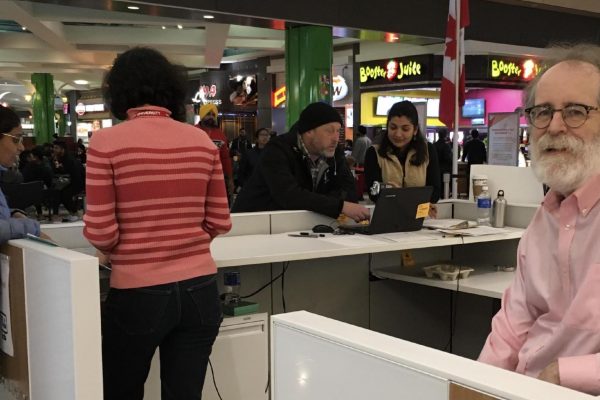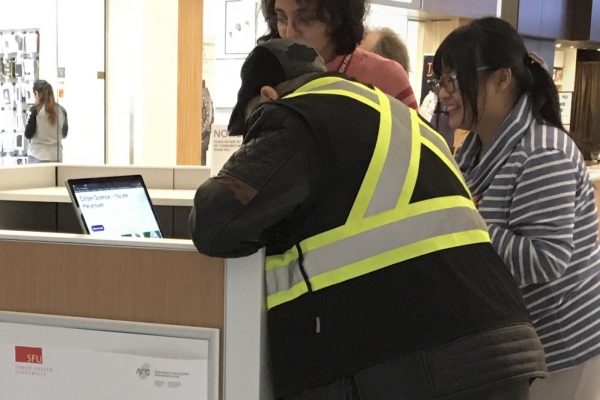We are thrilled to announce that Dr. Diane Gromala, the Canada Research Chair in Computational Technologies for Transforming Pain and the Founding Director of the Chronic Pain Research Institute and the Pain Studies Lab at Simon Fraser University, will be leading the Pain Studies Lab in presenting at the upcoming vMED Conference on March 28-29, 2024. A Distinguished Professor in the School of Interactive Arts and Technology (SIAT), Dr. Gromala brings extensive expertise and insights into the intersection of pain management and technology.
The vMED Conference, hosted by Cedars-Sinai, is a highly anticipated event in the field of virtual medicine, gathering experts and innovators from around the globe. It provides a unique platform for professionals to share their research, insights, and virtual and digital health technology advancements. Dr. Gromala’s participation underlines our commitment to being at the forefront of research and innovation in pain management.
Cedars-Sinai, the host of the vMED Conference, continues to be recognized for its excellence in healthcare. Cedars-Sinai has been named to the Honor Roll for the eighth consecutive year and tied for #1 in California and Los Angeles in the U.S. News & World Report’s “Best Hospitals 2023-24” rankings and ranked #2 in specialties such as Cardiology, Heart & Vascular Surgery, and Gastroenterology & GI Surgery.
Our work is pivotal in shaping how technology can transform how we understand and manage chronic pain. The vMED Conference is an excellent opportunity for our team to learn, collaborate, and contribute to the evolving landscape of virtual medicine.

Participants include clinicians using MXR for patient care, patients exploring the benefits of MXR as a complementary therapy, and hospitals and clinics evaluating the health economics of starting an MXR program.
